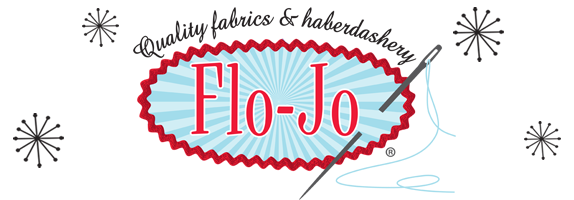A helpful Machine Needles guide
Posted on
Machine Needles
Most machine needles all look much the same and all modern machines use the same type however there are differences in thickness and the tip types that work with different types of fabric.
Machine needles are numbered, in either metric/ European or imperial / American, of course we /U.K. use a bit of both! Most packets have both numbers on but some don't!
European size 60 65 70 75 80 90 100 110 120
American size 8 9 10 11 12 14 16 18 19
The higher the number the thicker, heavier the fabric your working with. The lower the number the finer the fabric.
Most mid weight fabrics, cottons, are best with a 80/12 or 90/14
The finer the needle the harder it is to thread as the hole seems to get very small, be warned those of you just approaching the needing of glasses age!
If your needle is too fine it can cause the thread to shred and this could lead to the machine jamming. Back to the dreaded bunching up!
Some needles are Universal which means they should go through different types of fabric, like jersey, knits and wovens. However to get best results when using different fabrics I advise to change the needle. Here is a list of some of the different types you can buy.
- Ballpoint needles are made especially for knits
- Sharps are for very tightly woven and fine fabrics
- Denim/Jeans needles are often thicker for lots of layers of denim and great for top stitch thread
- Leather Use for suede and leather stitching
- Stretch for microfibers and fabric with high spandex content/swimwear
- Twin needle for stretch fabrics this creates a very professional look with a double top stitch on the top and a zig zag underneath.
Always test your stitching on a piece of scrap before you start working on your project. If the threads are not looking good and you've checked everything else it could be the needle is old and blunt. It's worth changing them every now and again to get the best results when sewing.
Another good thing to always remember is to place the flat side at the top of the needle towards the back of the machine whenever you are changing needles, use the screw driver that came with the machine too loosen and tighten.
Happy Sewing!

Add a comment: